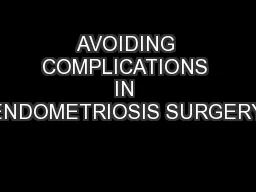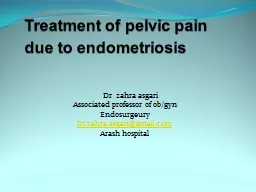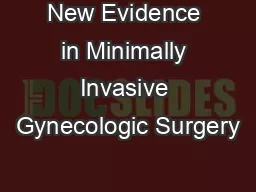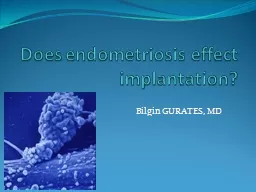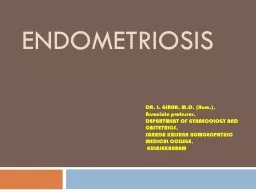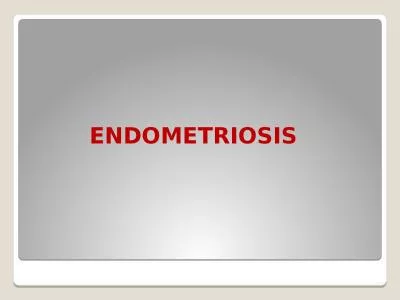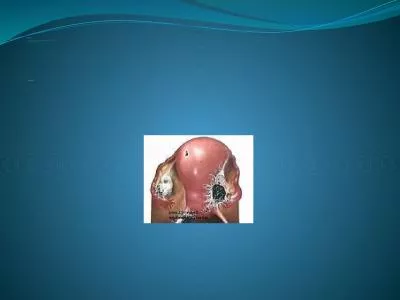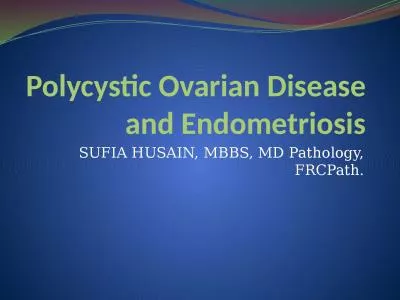PPT-AVOIDING COMPLICATIONS IN ENDOMETRIOSIS SURGERY
Author : stefany-barnette | Published Date : 2017-04-17
Danie Botha FEMBRYO Fertility and Gynaecology Clinic Port Elizabeth UCT Postgraduate Refresher Course 2015 ESHRE GUIDELINES 2014 Laparoscopy and prevention of adverse
Presentation Embed Code
Download Presentation
Download Presentation The PPT/PDF document "AVOIDING COMPLICATIONS IN ENDOMETRIOSIS ..." is the property of its rightful owner. Permission is granted to download and print the materials on this website for personal, non-commercial use only, and to display it on your personal computer provided you do not modify the materials and that you retain all copyright notices contained in the materials. By downloading content from our website, you accept the terms of this agreement.
AVOIDING COMPLICATIONS IN ENDOMETRIOSIS SURGERY: Transcript
Download Rules Of Document
"AVOIDING COMPLICATIONS IN ENDOMETRIOSIS SURGERY"The content belongs to its owner. You may download and print it for personal use, without modification, and keep all copyright notices. By downloading, you agree to these terms.
Related Documents

